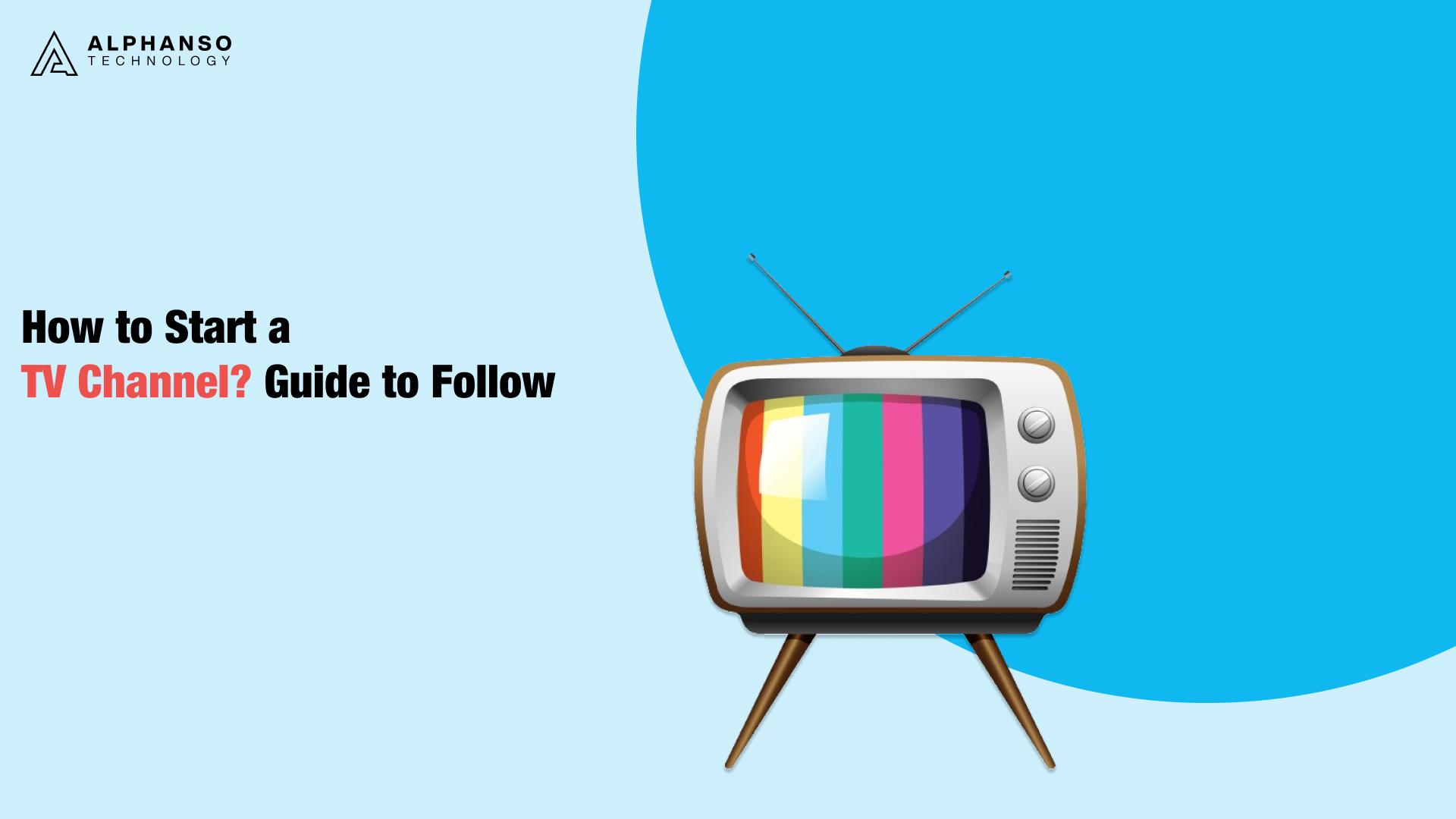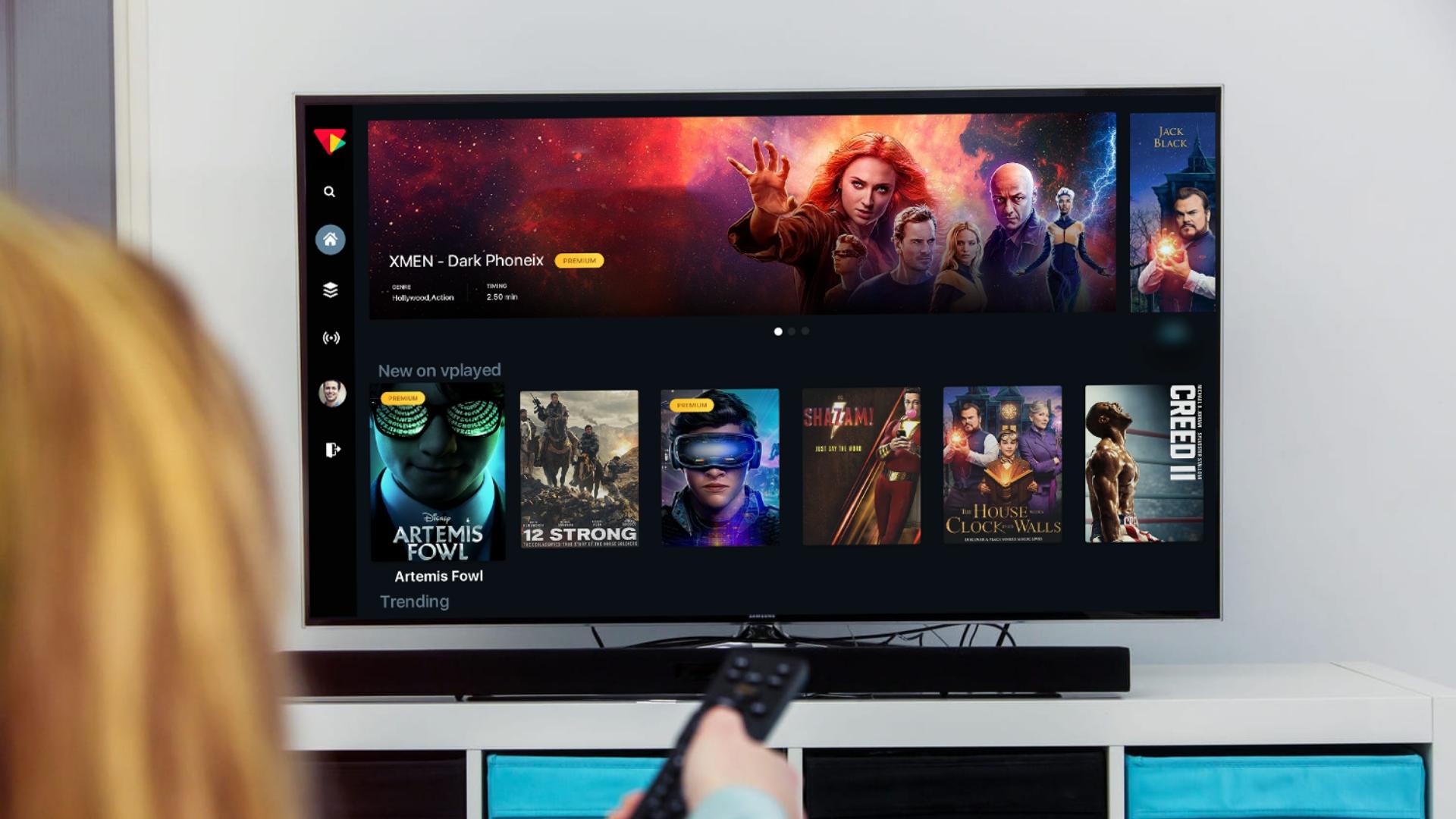All about Apollo Group Tv
All about Apollo Group Tv
Blog Article
Getting The Apollo Group Tv To Work
Table of ContentsThe Facts About Apollo Group Tv UncoveredWhat Does Apollo Group Tv Do?What Does Apollo Group Tv Do?Not known Facts About Apollo Group Tv
In this scenario, as opposed to having three-minute business spots during a 30-minute tv program, television programming may alter to one where a customer will certainly be required to have a month-to-month subscription, to ensure that they cen sight targeted banner advertisements. This sort of marketing currently takes place on the net, and the amount of data tv companies collect enables them to do similar.Describe the impact of enrollers on program content. Describe the significant trends amongst the broadcasting and cable television networks. When television remained in its early stage, producers designed the new medium on radio. Popular radio shows such as police dramatization Dragnet and western cowboy collection Gunsmoke were adapted for television, and brand-new TV programs were funded by solitary advertisers, just as radio shows had actually been.
Today, the tv sector is much extra complex. Programs are funded by multiple advertisers; programs is controlled by major media corporations; and the 3 major networks no much longer control the airwaves but rather share their visitors with various cord channels. Numerous factors make up these patterns within the market, including technological developments, government regulations, and the production of brand-new networks.

Facts About Apollo Group Tv Revealed
Developed in 1969, (PBS) developed out of a report by the Carnegie Compensation on Educational Tv, which analyzed the function of educational, noncommercial television on society. Public tv was also meant to give universal access to television for visitors in country areas or viewers that can not pay for to pay for exclusive television services.
The duration in between 1950 and 1970 is historically recognized as the. Apart from a tiny portion of airtime managed by public television, the 3 significant networks (referred to as the Big Three) dominated the television market, jointly making up greater than 95 percent of prime-time viewing. In 1986, Rupert Murdoch, the head of multinational business News Corp, introduced the Fox network, testing the dominance of the Big Three.
Targeting young and minority audiences with shows such as Buffy the Vampire Slayer, Moesha, Dawson's Creek, and The Wayans Bros., the new networks wanted to attract terminals far from their old network associations. Nonetheless, instead of duplicating the success of Fox, UPN and WB battled to make an influence. Unable to attract numerous affiliate stations, both fledgling networks got to less households than their bigger rivals because they were unobtainable in some smaller sized cities.
This choice led the way for the development of cord flick networks, adding to the exponential growth of cable in the 1980s and 1990s. apollo tv. Further deregulation of cord in the 1984 Cord Communications Policy Act removed constraints on wire prices, making it possible for drivers to charge what they wanted for wire solutions as long as there worked competition to the service (a criterion that over 90 percent of all cord markets might meet)
The Buzz on Apollo Group Tv

Having produced the initial "superstation," Turner increased his realm by founding 24-hour news network CNN in 1980. At the end of the year, 28 national programs solutions were readily available, and the cable transformation had started. Over the following years, the sector undertook a duration of quick growth and popularity, and by 1994 audiences might select from 94 standard and 20 costs wire solutions.
Number 9 - https://gravatar.com/cheerfullyamphisbaena2058526857.16 Boosted competitors from cable television networks has triggered a constant decline in the networks' audience rankings. During the 1950s, the cost of creating a single tv program enhanced as programs came to be much longer and production expenses rose. Sponsorship on network television shifted from single sponsorship, in which a program was completely sustained and generated by one advertiser, to multiple sponsorship, in which advertisers got 1- or 2-minute places on the program
Each reaction needs to be a minimum of one paragraph. Pick one of the Big Four networks and print out its weekly programs routine. See the network's prime-time programs over the training course of a week, noting the target demographic for each show. Observe the marketing enrollers that basics sustain each show and contrast exactly how the items and solutions fit with the desired target market.
How Apollo Group Tv can Save You Time, Stress, and Money.

Straight television, frequently referred to as typical program television, incorporates cable television and satellite television. It's called "straight" due to the fact that content complies with an established shows schedule, unlike on-demand material which the individual audience decides to view based on their own choices and routine. So, when you ask, "What is straight television?", think about it as the timeless means of seeing television that has actually been around for years.
Report this page